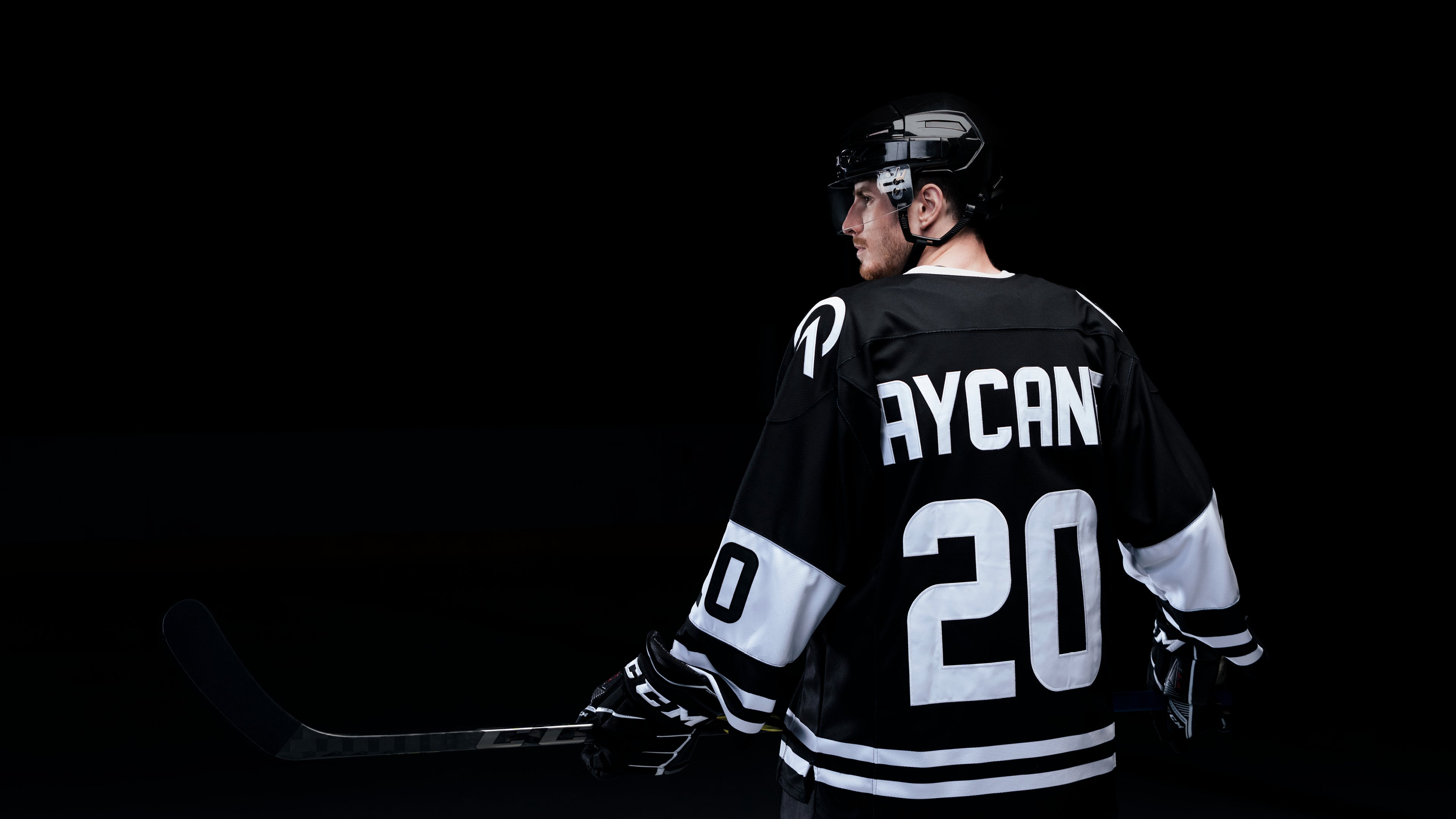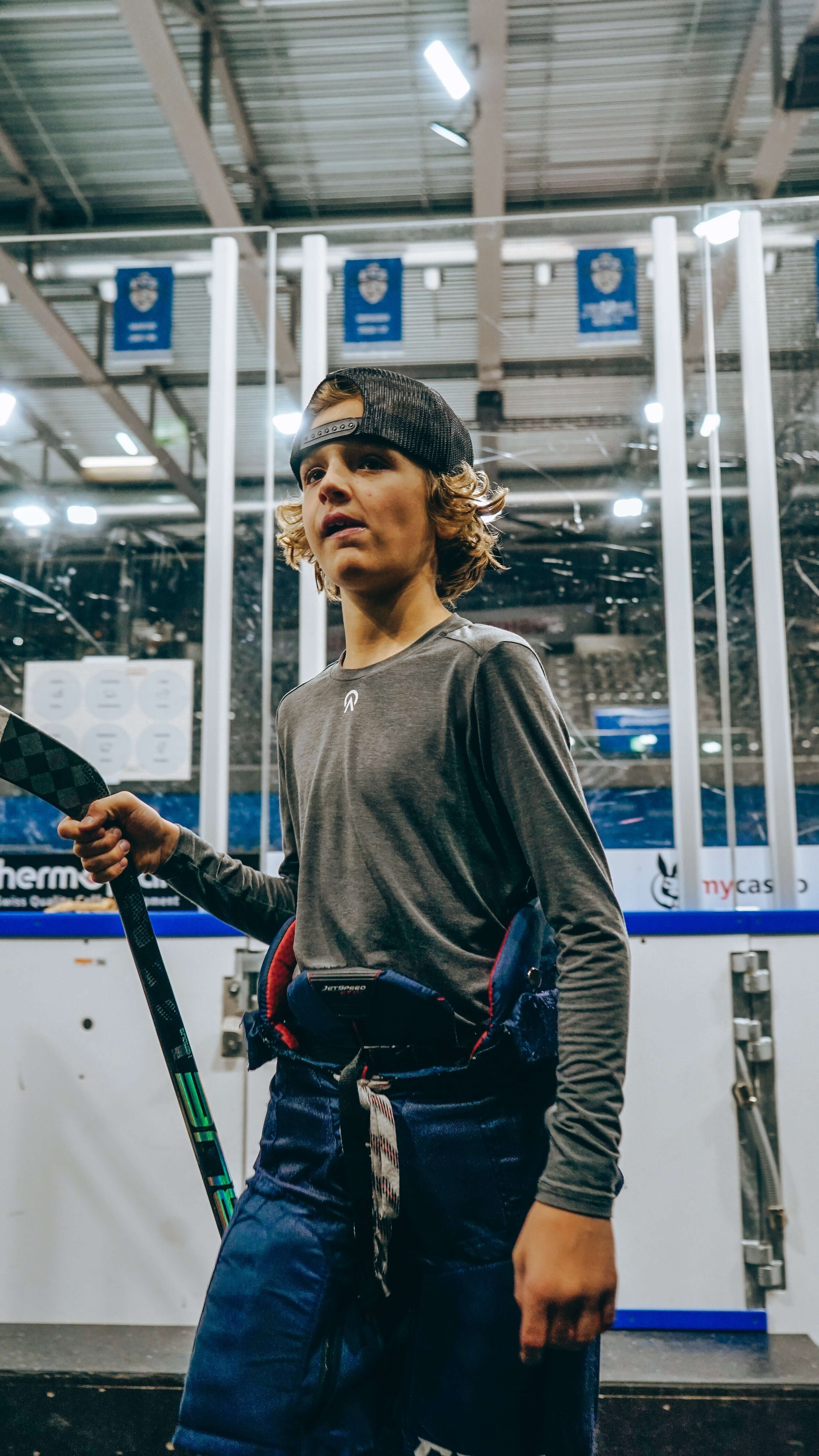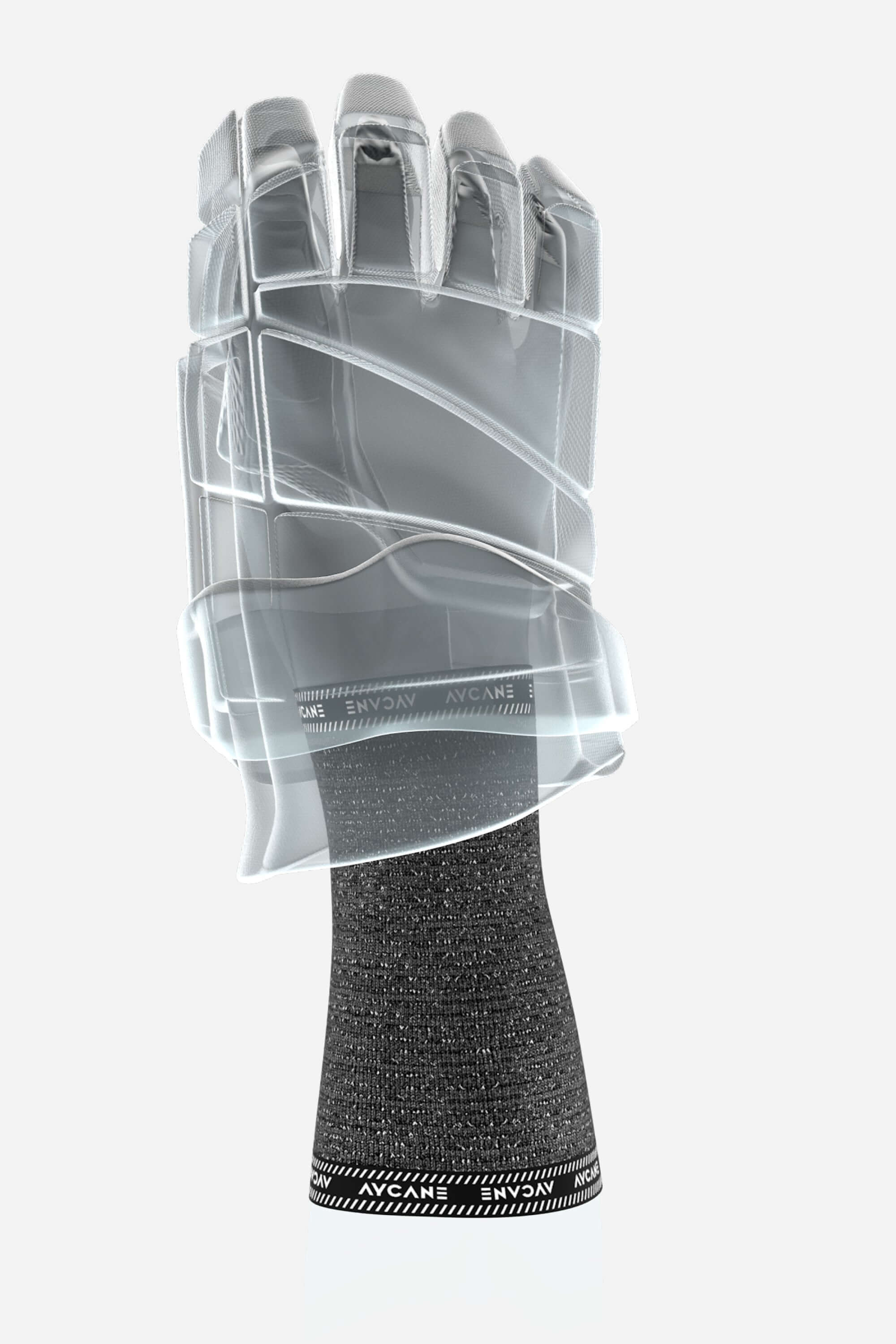The Art of Penalty Killing
In ice hockey, penalty killing is a high-stakes art that requires precision, teamwork, and strategic thinking. When a team faces a penalty, whether due to a minor infraction or a major penalty, their ability to successfully defend against the opposing power play can make all the difference in the game's outcome.

In this blog post, we'll dive into the intricacies of penalty killing, exploring strategies that teams employ to neutralize opponents and gain the upper hand during special teams situations.
1. Understanding the Importance of Penalty Killing
Penalty killing, often referred to as the "PK," is a critical aspect of the game that demands a strong defensive mindset. A successful penalty kill can shift momentum, demoralize opponents, and energize the team and the crowd.
2. Pressure and Aggressiveness
Effective penalty killing starts with relentless pressure. PK units apply intense forechecking in the offensive zone to disrupt the opposing power play's setup. This pressure limits their time to make decisions and execute plays.
3. Blocking Shooting Lanes
Blocking shots is a cornerstone of penalty killing. Players position themselves to intercept or deflect shots, minimizing the chances of the puck reaching the net. Sacrificing the body to make a crucial block is a testament to a player's commitment to the team's success.
4. Clearing the Zone
A key objective of penalty killing is to clear the puck out of the defensive zone. This relieves pressure and forces the opposing team to regroup. Well-timed clears disrupt their rhythm and allow penalty killers to change lines.
5. Reading and Reacting
Effective penalty killing involves reading the play and anticipating opponents' moves. Penalty killers must be adept at quickly assessing situations, closing gaps, and making split-second decisions.
6. Aggressive Stick Work
Using active sticks to disrupt passing lanes and intercept passes is a fundamental skill in penalty killing. Players use their sticks to deflect passes, disrupt plays, and create turnovers.
7. Box Formation and Zone Coverage
Penalty killers often employ a box formation in the defensive zone to clog shooting lanes and limit scoring opportunities. Players work together to maintain coverage while pressuring the puck carrier.
8. Goaltender's Role
A strong penalty kill relies on the goaltender's ability to make critical saves. Goaltenders must be poised, focused, and positionally sound to thwart the opposing team's power play attempts.
9. Adapting to Opponents
Successful penalty killers study opponents' power play tendencies and adjust their strategies accordingly. Recognizing patterns and adjusting positioning can lead to successful penalty kills.
10. Communication and Cohesion
Effective communication among penalty killers is crucial. Players must constantly communicate to ensure seamless coverage, quick decisions, and coordinated movement.
Conclusion
Penalty killing is a masterful dance of strategy, teamwork, and execution. As a critical aspect of special teams play, effective penalty killing can turn the tide of a game and define the outcome. With pressure, aggression, and a deep understanding of opponents' tactics, penalty killers showcase their defensive prowess while demonstrating their dedication to team success. As teams continue to refine their penalty killing strategies, the art of special teams remains a captivating aspect of the dynamic world of ice hockey.
If You Like This Blog Post, You Might Also Like...
























